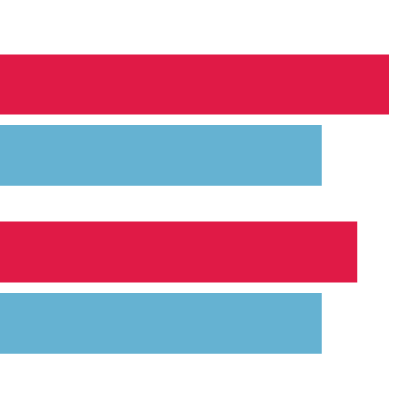The relationship between persistent debt problems and health
4 September 2023

Key points
- People with poor health are more likely to remain feeling stuck with a debt burden than people with good health. 49% of people with poor health who consider their debt a heavy burden feel the same two years later, compared to 32% with good health.
- It is more likely that people with good health stop feeling burdened by debt than people with poor health. People with good health are more likely to feel that debt is no longer a heavy burden two years later than people with poor health – 68% compared to 51%.
Prolonged exposure to a source of stress, such as debt problems, can increase the chance of harm to health. People who are already in poor health are more likely to continue experiencing problem debt than people in good health.
This chart shows the proportion of people who consider their debt a heavy burden, and who continue to – and who no longer – feel this way two years later, by their (self-rated) health status in 2016–18. It shows that good health is an asset, which may contribute to leaving problem debt. This may reflect the stronger position in the labour market that people with good health tend to have.
People can move from considering their debt a heavy burden one year and not the next year, and the other way round.
- Almost half (49%) of people with poor health who consider their debt a heavy burden still feel this way two years later, compared to just under a third (32%) of people with good health.
- The majority of people with good health who feel their debt is a heavy burden will escape this feeling two years later, compared to just 51% of people with poor health.
Good health may help people escape the feeling that debt is a heavy burden while poor health may contribute to prolonging this feeling. It is important therefore to acknowledge the role of health in triggering and exacerbating debt. Specifically, there are questions about how to ensure debts remain manageable without becoming a problem, as well as how to ensure debt services are appropriate and accessible for people with health conditions.
- Self-rated health – where people are asked to assess their overall health – is a good proxy for health outcomes generally. Self-rated health has been grouped into ‘good health’: consisting of ‘good’ and ‘very good’ health; and ‘poor health’: consisting of ‘fair’, ‘poor’ and ‘very poor’ health. Due to limitations in the data, this chart does not include transitions in health status between the two periods. Instead, health status is measured in the 2016–18 period.
- Individuals were asked: ‘Thinking about the [overdraft(s)/credit card(s)/store card(s)/ credit agreement(s)/loan(s)/bill payments] you have just told me about, to what extent is keeping up with the repayment of them and any interest payments a financial burden to you?’ This analysis looks at the proportion of all respondents who live in a household that finds debt repayments a ‘heavy burden’. Other options include ‘somewhat of a burden’ and ‘not a problem at all’.
- People included in this analysis were aged 16 to 62 in 2016–18 and 18 to 64 in 2018–20.
Source: Health Foundation analysis of Office for National Statistics, Wealth and Assets Survey, Great Britain, 2016-20







